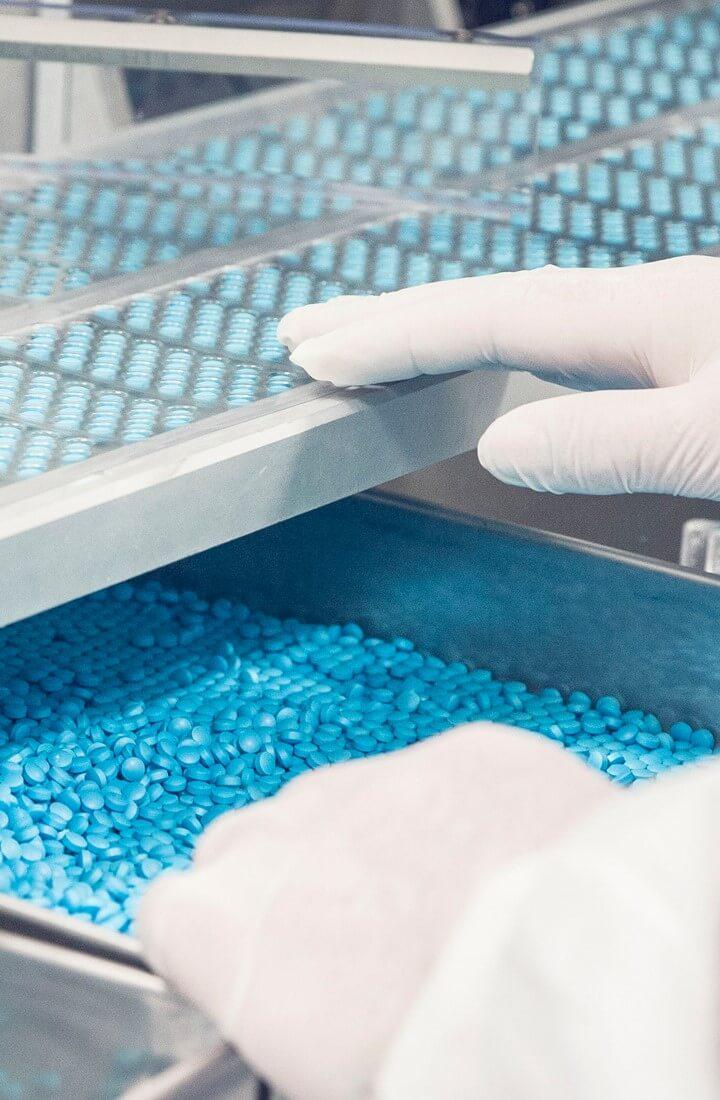Keeping vaccine production cool during a chiller swap
- The Challenge
Keep vaccine production up and running during a chiller swap out
- The Solution
Accurate temperature control system within strict parameters
Client:GlaxoSmithKlein
Location:Rixensart, Belgium
Sectors:Pharmaceuticals
The challenge
Meet the exact specifications for a temporary cooling system
GlaxoSmithKleine (GSK), a global leader in the production of pharmaceuticals, vaccines and consumer health care, were about to swap out their cooling system at the Rixensart vaccine production site and needed temporary cooling. But because vaccine production is such a precise process, the system had to be controlled and accurate.
They needed power that could be controlled within a 50 kW range starting from zero, frequency controlled pumps with data pressure measurement, and a connected alarm system that would alert if any of the vaccine environments strayed outside their strict parameters. And they also needed the entire system to drop to 45 decibels at night because they were right next door to a nature area.
The solution
Cascading temperature package that could be controlled within strict range
We used four WCHP 250 chillers and two WCC 800 chillers in a cascading set up, along with five 350 kVA generators.
We also placed an expert controller on-site to control the system and ensure power outputs met required specifications. This particular mix of chillers and generators was chosen because it was the most efficient way to provide the power needed and still provide the precise control that GSK needed.
The system was hooked up with an alarm system to notify the customer if the vaccine cultures strayed outside strict parameters.
The impact
All specifications were met and cost savings made
We delivered on all parameters but also reduced the plant’s energy costs, as the particular configuration and design of the chillers meant that less electricity was used overall.
Our efficiency in meeting the customer’s very specific requirements, along with the alarm system, gave GSK peace of mind that their vaccines would be safe while they swapped over to the new permanent cooling solution. The noise level was also constantly under the maximum 45 decibel level stipulated.
